

We have been offering the finest and most mesmerising gemstones since our name was first established amongst reputed jewellers in 1969. Our team of renowned international designers set these gemstones in exclusive creations, forging unique and exquisite pieces. Coloured gems are at the heart of many of our collections and we would like to offer you a better understanding of their intrinsic value by sharing some notes about their history and characteristics.
Emeralds
The word “emerald” comes from Smaragdos, the ancient Greek word for a green gem. Since the time of ancient Rome, the most precious of the precious stones was believed to have therapeutic properties that helped gem cutters restore their eyes by looking at emeralds. Science now proves this belief: the colour green relieves stress and eye strain.
From the ancient Egyptian pharaohs to the Incan emperors, emeralds have, for ages, represented enchanted royalty. Cleopatra was also known to have a passion for emeralds and she used them in her royal adornments. Today, emerald is the birth stone of the month of May and it is also given as a gift for the 20th and 35th wedding anniversaries.
Explore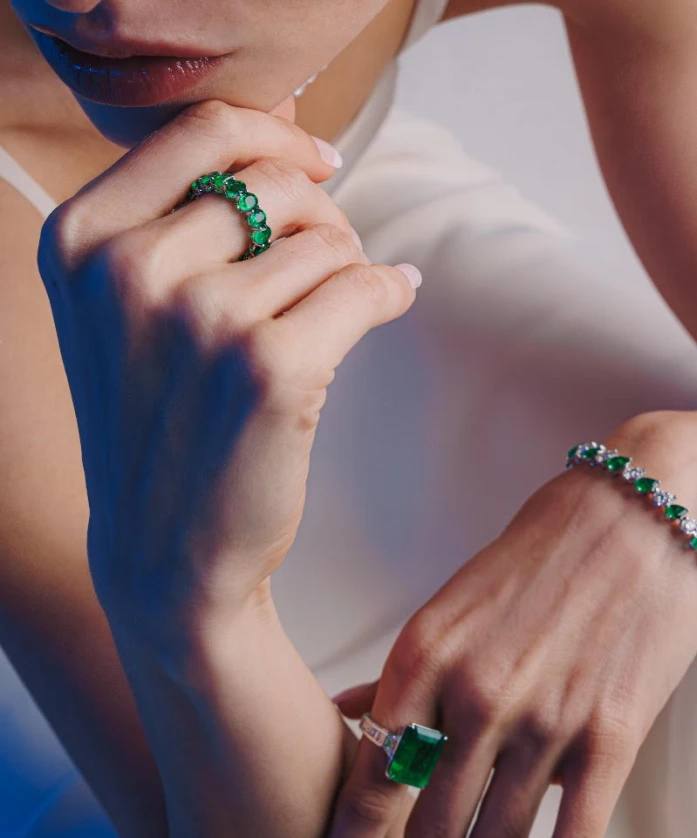

Emeralds
Emeralds are softer than diamonds and, for this reason, more susceptible to scratching than diamonds. Thus, it is normally treated to improve its colour or clarity. Cherish emeralds by taking special care of them is very important to maintain their qualities intact. It is important that they avoid exposure to heat, changes in air pressure, and harsh chemicals. Emeralds cannot be cleaned with ultrasonic cleaners. Even exposure to hot water used for washing dishes can have negative effects on emeralds.
The best way to clean emeralds is to gently scrub them with a soft brush and with warm, soapy water.
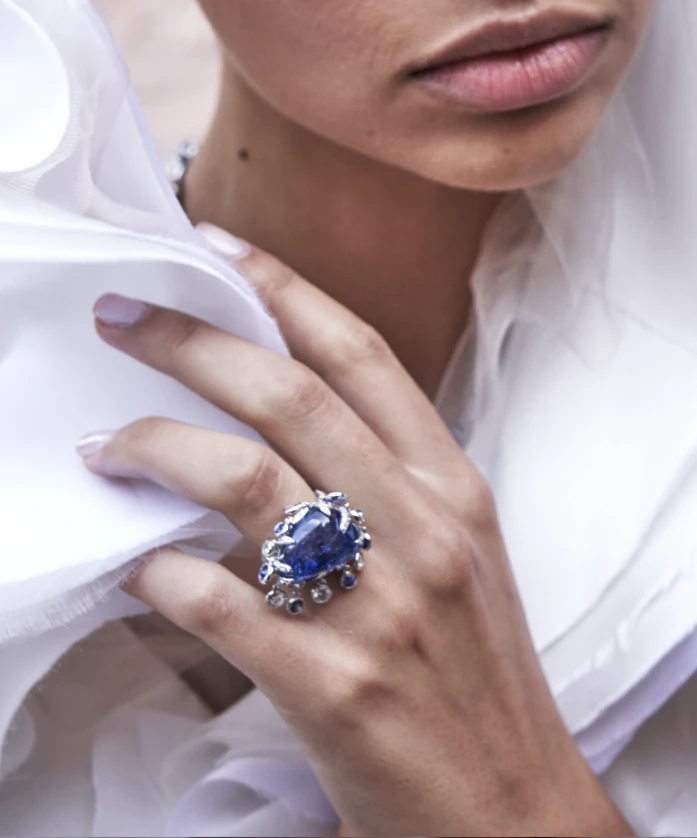
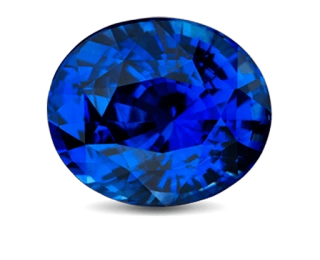
Sapphires
“Sapphire” comes from the Greek word sappheiros and blue sapphire is one of the most popular coloured stones. For thousands of years this gemstone has been associated with royalty and romance and is also said to symbolise fidelity and the soul. The elite of ancient Greece and Rome believed that blue sapphires protected their owners from harm and envy. Clerics of the Middle Ages wore sapphires because they symbolised Heaven. Ancient Persians believed the earth actually rested on a giant sapphire, which made the sky blue. It is the September birthstone.
The 62.02-carat Rockefeller Sapphire is one of the most famous sapphires that the American financier purchased from an Indian Maharaja in 1934. However, the most popular sapphire of recent history is surely Princess Diana’s 12-carat sapphire engagement ring, adorned by diamonds, which was then given by her son to Kate Middleton, the Duchess of Cambridge.
ExploreSapphire Care
Sapphires are relatively hard, have excellent toughness, and have a very low tendency to break when struck. This makes it a great choice for rings to be used daily. Most sapphires undergo enhancement processes that improve their colour and clarity. For this reason, warm, soapy water is always a safe choice for cleaning these gems.
Rubies
Ruby, the July birthstone, derives its name from the Latin word ruber, meaning “red”–the colour of love and passion. A variety of the mineral corundum, ruby gets its colour from trace amounts of the element chromium. The greater the presence of chromium, the stronger the red. The ruby’s most valuable colour is considered to be a deep red with a hint of purple, a colour that is known as “pigeon’s blood”.
Rubies are very hard gemstones, second only to diamonds. In fact, in ancient India, the ruby was called the “king of precious stones” for its rarity, hardness, and beauty.
Explore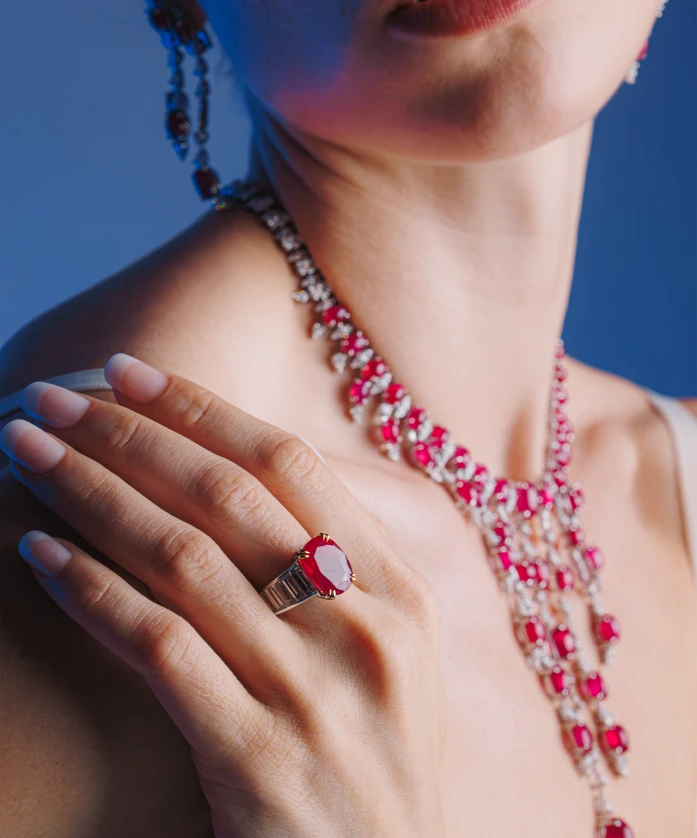
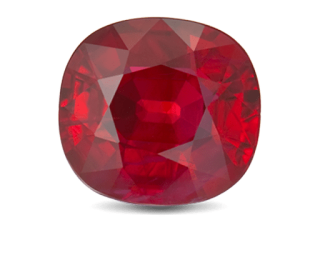
Ruby Care
Most rubies are subjected to enhancement processes. Particular care must be taken according to the type of enhancement your gem has undergone. Generally, it is safe to clean rubies with warm soapy water and a soft brush. Ultrasonic and steam cleaners could also be dangerous for certain types of rubies. Cleaning your rubies with a damp cloth is always recommended.

